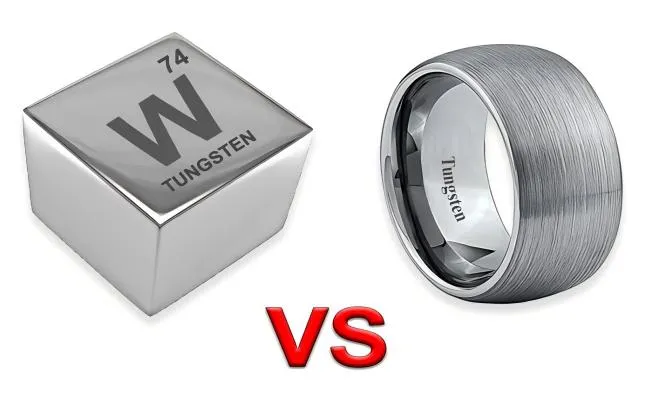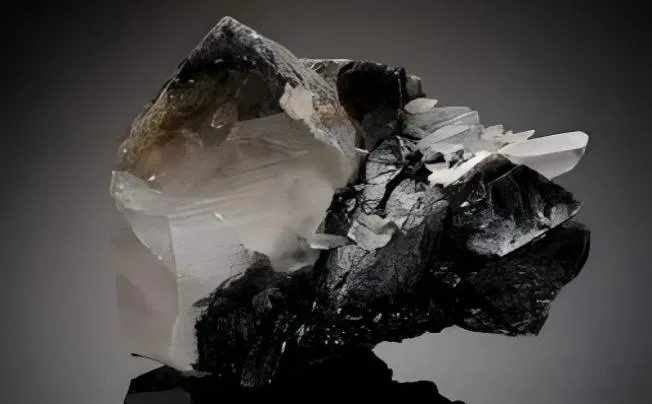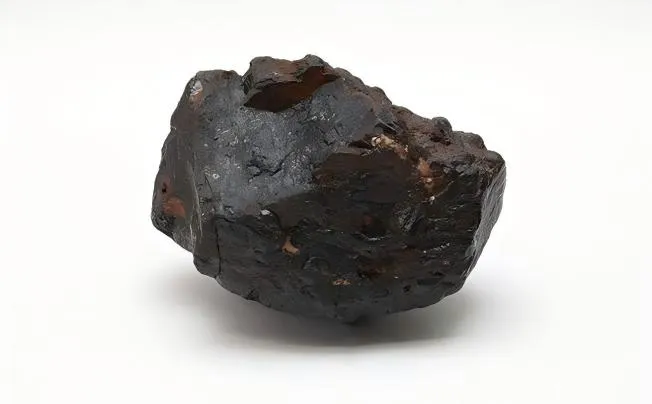Mig Wire
Definition and Composition of Mig Wire
Mig welding wire, also known as solid wire electrode, is a type of welding consumable used in the Gas Metal Arc Welding (GMAW) process. It is typically made of a solid, bare metal wire that serves as the electrode to carry the electrical current and create an arc between the wire and the workpiece. The most common materials used for Mig wire include mild steel, stainless steel, and aluminum.
These wires are available in various diameters to suit different welding applications. The composition of Mig wire plays a crucial role in determining its performance characteristics.
For example, mild steel Mig wire typically contains small amounts of deoxidizers such as manganese and silicon to help improve weld penetration and reduce porosity. Stainless steel Mig wire contains higher chromium content for corrosion resistance, while aluminum Mig wire is alloyed with silicon and magnesium for improved flow characteristics during welding.
Advantages and Disadvantages of Using Mig Wire
One of the main advantages of using Mig welding wire is its ease of use and versatility. The solid composition makes it straightforward to handle, feed through the welding gun, and produce clean welds with minimal spatter.
Additionally, Mig welding with solid wire allows for better control over the weld pool compared to other processes like Flux-Cored welding. However, a potential drawback of using Mig wire is the need for an external shielding gas to protect the molten weld pool from atmospheric contamination.
This requirement adds complexity to the setup process compared to self-shielded Flux-Cored wires that do not rely on external gas shielding. Another disadvantage is that solid Mig wires may be more prone to lack of fusion defects when welding thicker materials due to their lower deposition rates compared to Flux-cored wires.
Flux-Cored Welding Wire
The Definition and Composition of Flux-Cored Wire
Flux-cored welding wire is a type of filler metal used in welding processes that utilizes a hollow tube or “tubular” design. This wire contains flux compounds within the core, which are released during the welding process to provide a shielding gas and deoxidizing agents. The core composition can vary depending on the specific application requirements, with some flux-cored wires designed for high deposition rates and others for improved weld penetration.
Compared to solid Mig wires, the flux-cored wire offers greater flexibility in terms of weld position and can be used with or without an external shielding gas. The composition of flux-cored wire typically includes a combination of iron powder, alloying elements such as manganese and silicon, as well as various types of flux compounds.
These flux materials help to stabilize the arc, protect the molten weld pool from atmospheric contamination, and facilitate slag formation for easier post-weld cleanup. Additionally, some specialized flux-cored wires may contain elements like nickel or molybdenum for specific applications requiring enhanced mechanical properties or corrosion resistance.
Advantages and Disadvantages of Using Flux-Cored Wire
One notable advantage of using flux-cored welding wire is its ability to provide deeper weld penetration compared to solid Mig wires. This makes it particularly suitable for welding thicker materials or in situations where high deposition rates are required. Additionally, the presence of flux compounds within the core eliminates the need for an external shielding gas in certain applications, reducing overall costs and increasing portability for outdoor welding tasks.
However, one potential drawback of using flux-cored wire is the increased formation of slag compared to solid wires, which can require more extensive post-weld cleaning. Furthermore, flux-cored wire offers improved efficiency in terms of deposition rates and higher travel speeds compared to other welding processes like Stick welding.
The inherent self-shielding properties make it ideal for use in windy or draughty environments where traditional gas-shielded processes may be compromised. However, operators should be cautious about potential health hazards associated with fume emissions from burning off the flux during welding operations.
1. Core Composition: Solid vs. Flux-Compounds
When comparing Mig wire and Flux-Cored wire, one of the fundamental differences lies in their core composition. Mig wire features a solid core, typically made of a specific alloy or blend of metals suited for the welding process at hand. On the other hand, Flux-cored wire contains flux compounds within its core. These flux compounds serve multiple purposes during the welding operation, such as shielding the molten weld pool from atmospheric contamination and facilitating the removal of impurities. The presence of flux compounds in Flux-Cored wire can have a significant impact on weld quality and appearance compared to using Mig wire. The flux helps promote smoother arc characteristics, which can lead to improved bead appearance and reduced instances of spatter during welding. Additionally, the chemical composition of the flux compounds may contribute to enhanced penetration and better control over the molten weld puddle formation, ultimately affecting the overall strength and integrity of the weld joint.
2. Shielding Gas: External Requirement vs. Optional
In Mig welding, an external shielding gas is essential to protect the weld pool from atmospheric contamination and ensure proper arc stability. This shielding gas is typically a mixture of argon and carbon dioxide or pure argon, depending on the specific requirements of the welding process. On the contrary, Flux-cored welding offers more flexibility in terms of shielding gas usage since it can be performed with or without an external gas supply. The use of shielding gas in Mig welding plays a crucial role in influencing weld penetration depth and controlling spatter formation during deposition. The inert nature of gases like argon helps create a stable arc environment conducive to clean welds with minimal oxidation effects. In contrast, Flux-cored wires that are designed for self-shielding applications contain compounds within their cores that generate protective gases when exposed to heat, eliminating the need for external shielding gas altogether.
3. Welding Positions: Flat vs. Versatile
Another key distinction between Mig wire and Flux-Cored wire lies in their suitability for different welding positions. Mig welding is predominantly used for flat position welding due to its inherent limitations when working in other positions like vertical or overhead. In contrast, Flux-cored welding exhibits greater versatility across various positions including flat, horizontal, vertical up/down, and overhead orientations. The ability to perform welds in multiple positions gives Flux-Cored wire a competitive edge over Mig wire in terms of project flexibility and adaptability to diverse fabrication requirements. Welders can effectively work on projects that involve complex joint configurations or require positional changes without compromising weld quality or efficiency. This versatility makes Flux-cored welding an attractive choice for industries where varied positioning demands are common practice.







